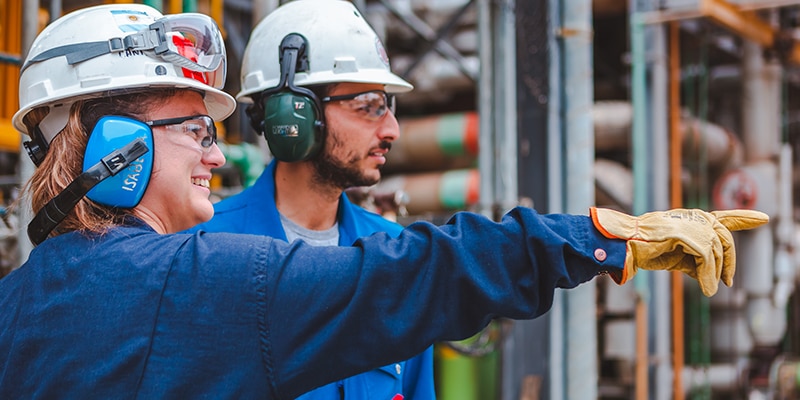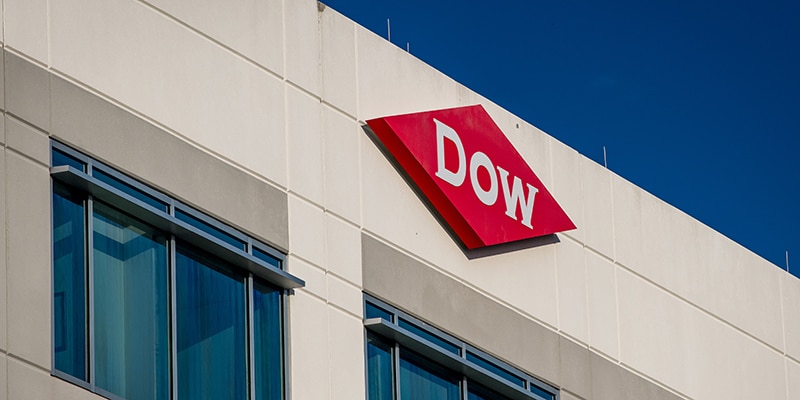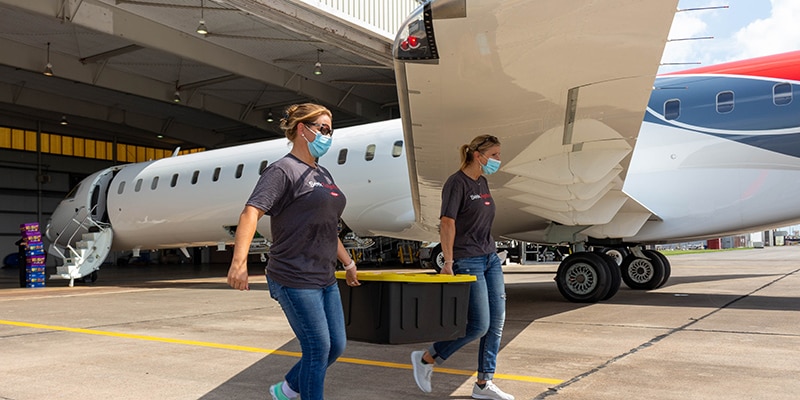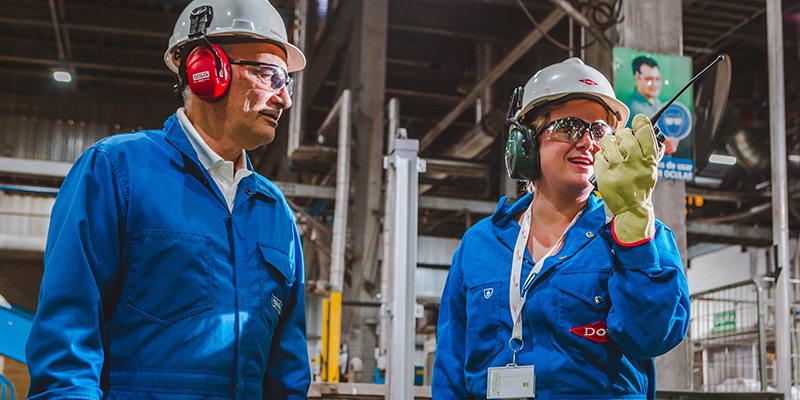We embrace our responsibility to help protect the climate. While we work to reduce global greenhouse gas (GHG) emissions, we are also supporting resilient watersheds and healthy ecosystems.
Climate Protection
The energy transition: Dow's journey towards a more sustainable future
Dow is taking significant strides in reducing greenhouse gas emissions through the increased use of renewable energy and investment in next-gen manufacturing technologies.
Key milestone toward bringing advanced nuclear to the U.S.
Dow and X-energy recently submitted a construction permit application to the Nuclear Regulatory Commission for a proposed advanced nuclear project in Seadrift, Texas.
Building a resilient future through sustainable water stewardship
Dow’s next-generation water and nature strategy is the latest step in a decades long journey to support sustainable watershed management and habitat conservation around the world.
Powering progress: Delivering innovations for renewable energy
Continuing a legacy of making a positive impact on people’s lives and on the world. Jordan Rau shares why he is proud to be a member of Team Dow.
Creating a more sustainable value chain
From purchasing and Integrated Supply Chain (ISC) to industry engagement and collaborations, we're striving toward sustainability across our entire global value chain.

- 1
- 2
- 3
- 4
- 5
Our approach to protecting the climate
We take a holistic approach to climate protection, considering both mitigation and adaptation efforts and the inextricably linked facets of air, water and land.

Decarbonization and climate change mitigation
We are reducing GHG emissions from our manufacturing processes while collaborating and innovating with our customers and the entire value chain to drive emissions reductions.

Healthy ecosystems and climate change adaptation
We are addressing our site footprint while also looking beyond our gates to help support resilient watersheds and healthy ecosystems that benefit all who rely on them.
Our Protect the Climate sustainability targets
We are committed to implementing and advancing technologies and programs to address climate change. We’ve set ambitious sustainability targets to guide our journey.
Recent collaborations and volunteerism

Partnering to build
a more sustainable bioeconomy
See how Project Yba combines conservation with more sustainable development.
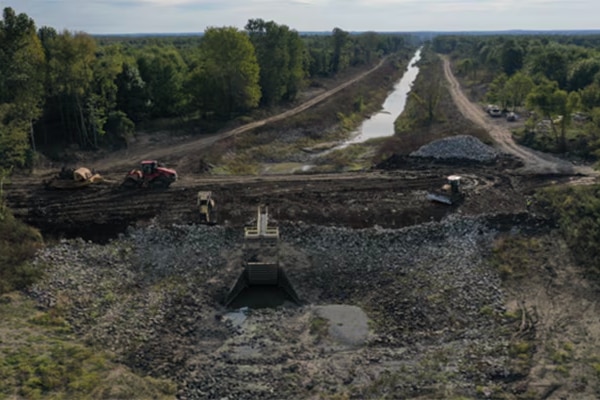
Collaborating on floodplain restoration
Discover how we’re investing in resilient watersheds with the Loch Leven project.

Volunteering for healthy mangroves
Check out this case study on the impact Team Dow is making in Thailand.

Supporting carbon neutrality
We are implementing and advancing technologies to manufacture our products with lower GHG emissions. In turn, helping our customers reduce their GHG emissions.
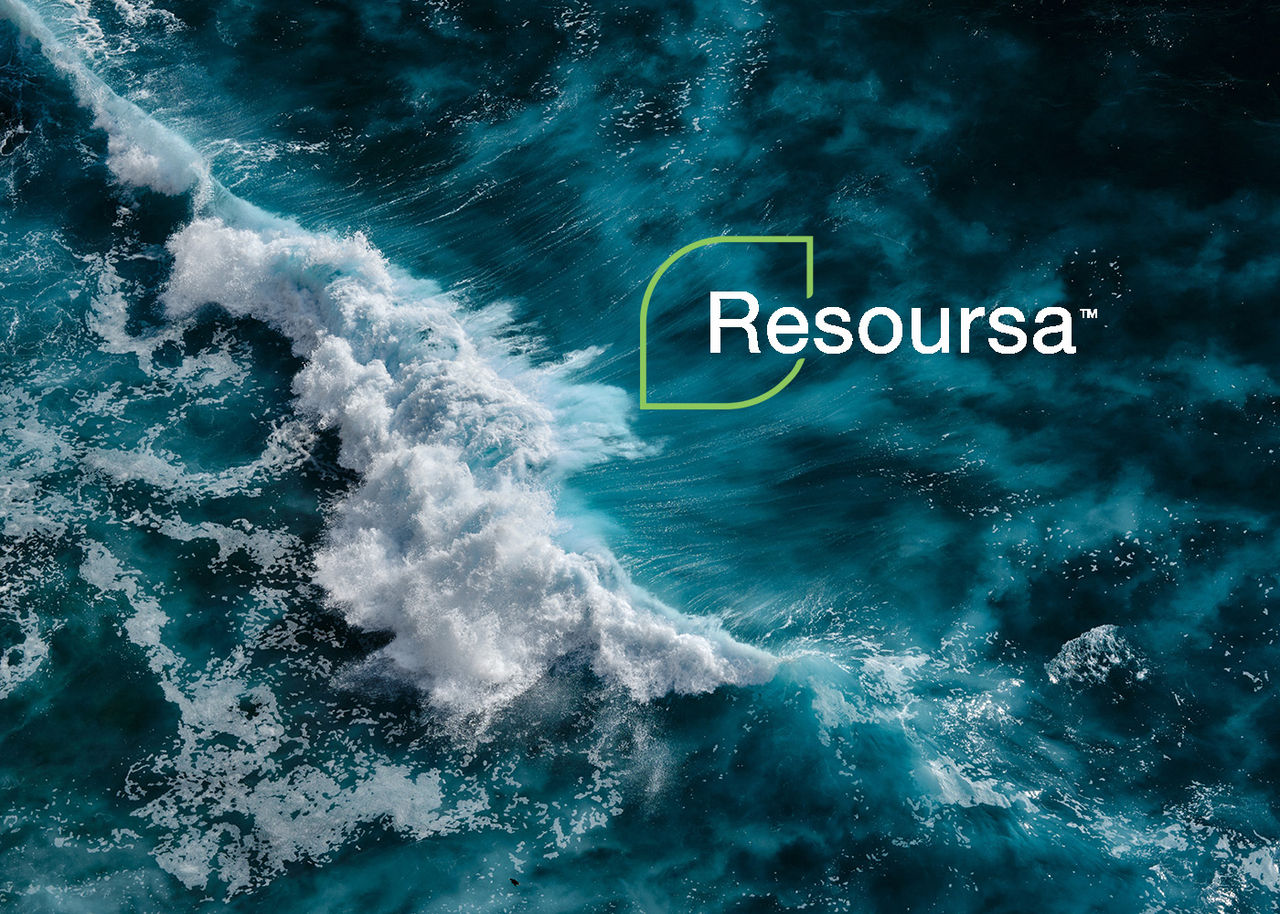
Resource efficiency
We offer materials that help our customers reduce usage of critical resources such as water and energy in their processes.
2024 INtersections Progress Report: Discover how we continue to advance our ambition.

